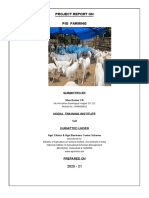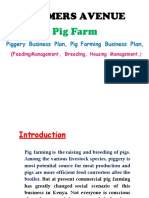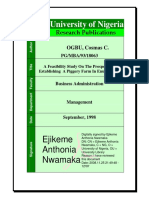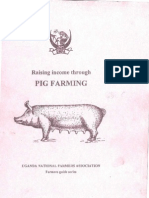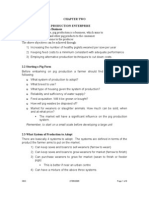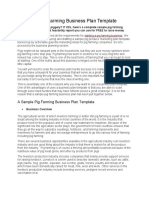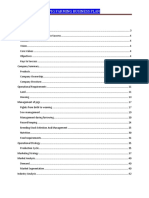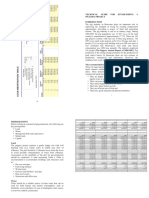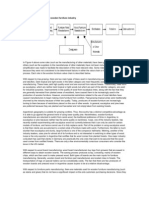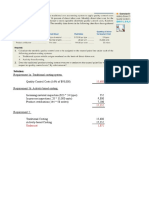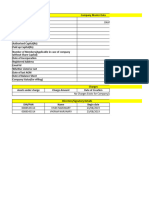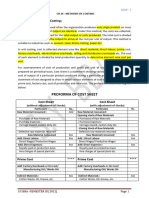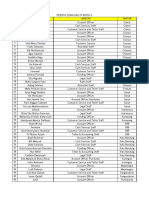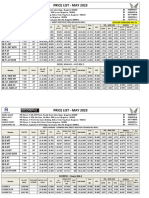0% found this document useful (0 votes)
6 views4 pagesPopular Article
The article discusses the profitability of pig farming, highlighting its advantages such as high reproductive rates, efficient feed conversion, and significant demand for pork. It also addresses challenges like waste management, disease control, and market fluctuations, emphasizing the importance of a well-structured business plan for success. With proper management and expertise, pig farming presents numerous opportunities for growth and profitability in the swine sector.
Uploaded by
ryanedwards111111Copyright
© © All Rights Reserved
We take content rights seriously. If you suspect this is your content, claim it here.
Available Formats
Download as PDF, TXT or read online on Scribd
0% found this document useful (0 votes)
6 views4 pagesPopular Article
The article discusses the profitability of pig farming, highlighting its advantages such as high reproductive rates, efficient feed conversion, and significant demand for pork. It also addresses challenges like waste management, disease control, and market fluctuations, emphasizing the importance of a well-structured business plan for success. With proper management and expertise, pig farming presents numerous opportunities for growth and profitability in the swine sector.
Uploaded by
ryanedwards111111Copyright
© © All Rights Reserved
We take content rights seriously. If you suspect this is your content, claim it here.
Available Formats
Download as PDF, TXT or read online on Scribd
/ 4
